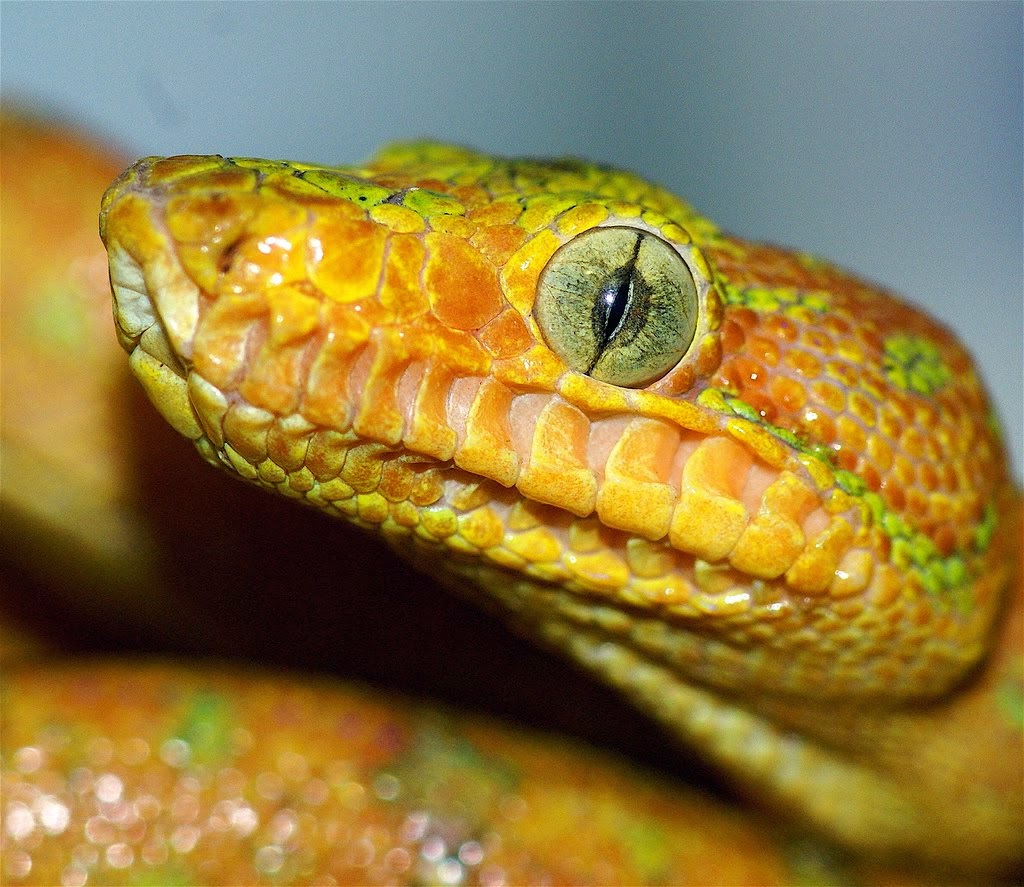The Eastern Timber Rattlesnake is a reptile of the viper’s family, and it can be found on the territory of
Kentucky. It has no subspecies currently, although locals say you can identify several kinds of Eastern Timber Rattlesnakes.
The adults can grow to 30 inches, with an official record of 74 inches. However, this is only an official record, as larger rattlesnakes were found in Kentucky. It is a dangerous
snake, as it is
poisonous, and unlike other rattlesnakes that like to stay on rocks in plain sight, the Eastern Timber Rattlesnake prefers the dead leafs. This is why you can easily step on it, and bites from this snake are common.

The snake is also
dangerous because it can be found practically anywhere in the forest. The males like to bathe in the sun, while the females with babies can be found in the shadowed areas around the trees. The babies usually hunt on plain ground, and this is why you should be careful while walking in areas populated with this snake.
The Eastern Timber Rattlesnake hibernates during the winter, and you can find them together with the copperheads.
The Eastern Timber Rattlesnake does not attack humans and big
animals unless they are provoked. Their “menu” is composed of
birds, frogs, and even if the larger exemplars can easily eat smaller ones, the rattlesnake prefers small snakes such as the
garter.
The Eastern Timber Rattlesnake is one of the most dangerous snakes in the world because of strong venom. However, the snake rattles the tail first, so the majority of bites can be prevented. Even if the local legends talk about hundreds of people killed by the Eastern Timber Rattlesnake, only a few deaths from this cause were reported in the latest years.
The Eastern Timber Rattlesnake can be divided into two groups. Type A is neurotoxic, while type B is hemorrhagic. In Kentucky, both types can be found and it is hard to differentiate them. It is pretty important, as the type A Eastern Timber Rattlesnake is far more dangerous than the type B snake.
The Eastern Timber Rattlesnake was used as a
symbol during the American War, being considered one of the strongest and imposing animal in Kansas. In addition, it was considered deadly, as the methods used back then were ineffective against a bite of this snake. Moreover, the poor medical knowledge about venom and the lack of experience made this kind of bite almost impossible to treat. The Eastern Timber Rattlesnake is an endangered specie, and the population has a downtrend.
Try to avoid the forests in the late summer, as it is the time for female migration, so the snakes can be found anywhere. It is also the mating period, so the snakes might be aggressive. For the rattlesnake, the mating area is important, as they must provide safety for the babies. This is why they are capable of covering huge distances during this period. After this period, the females remain aggressive, as they are protecting the babies.

















































